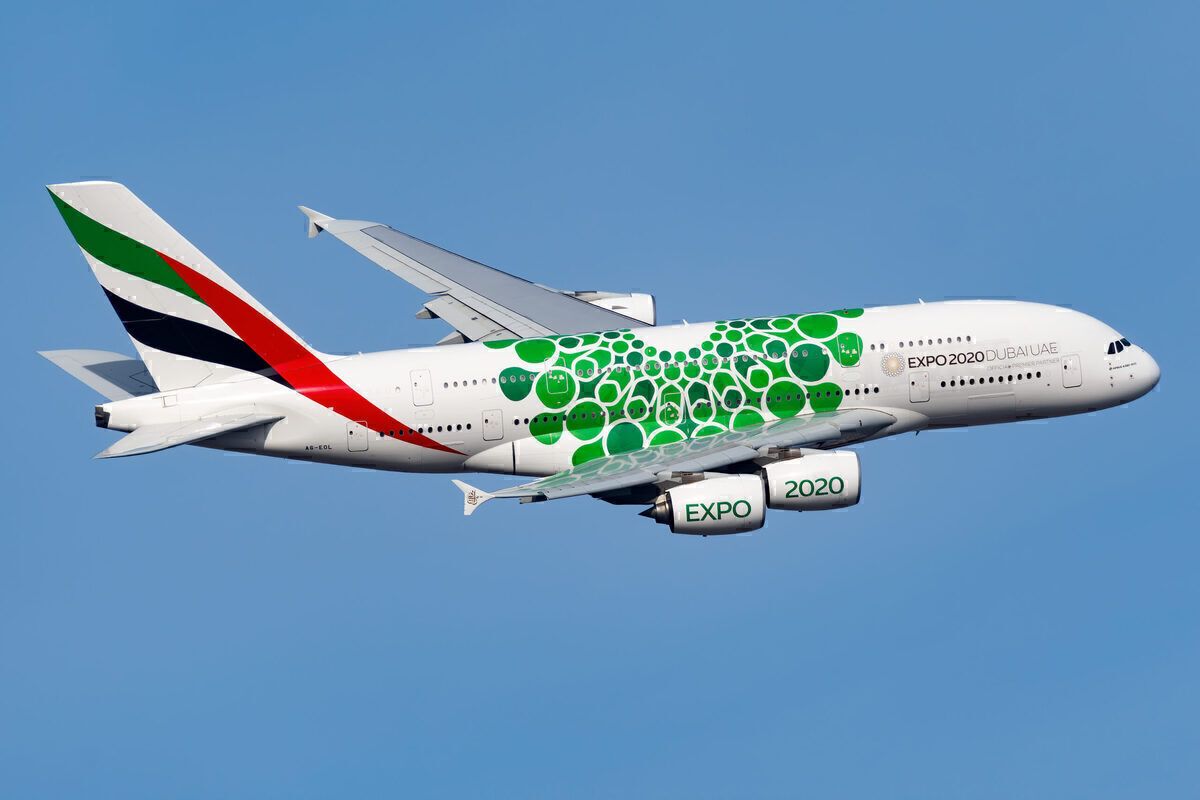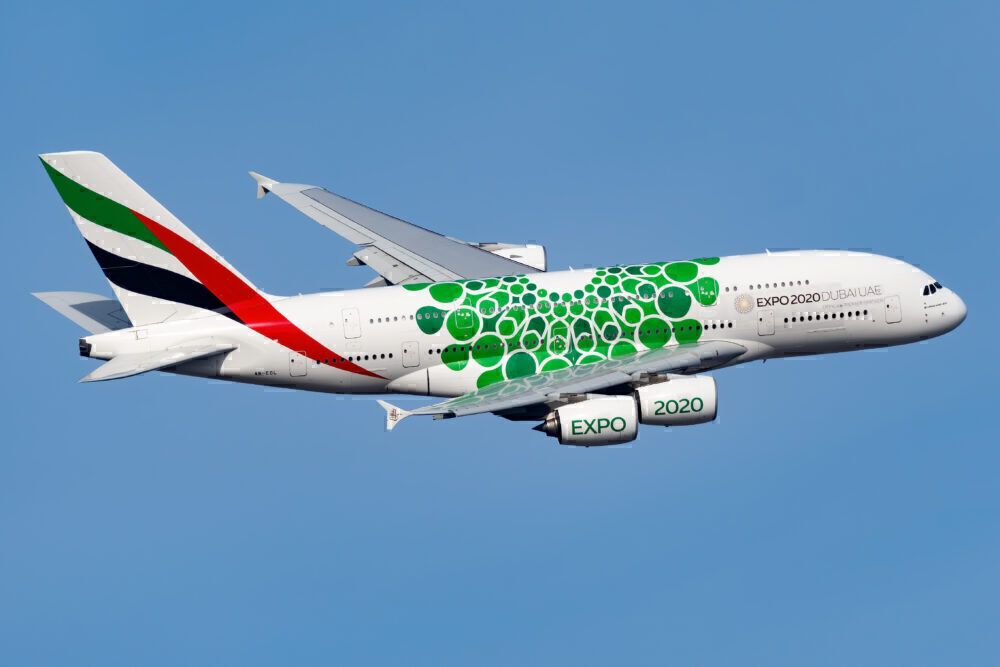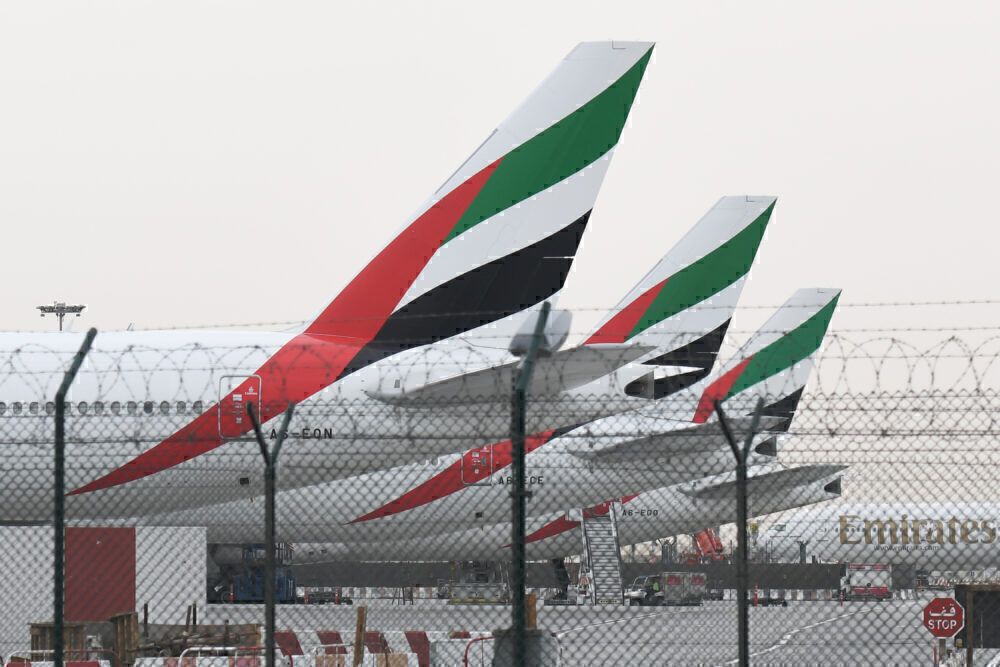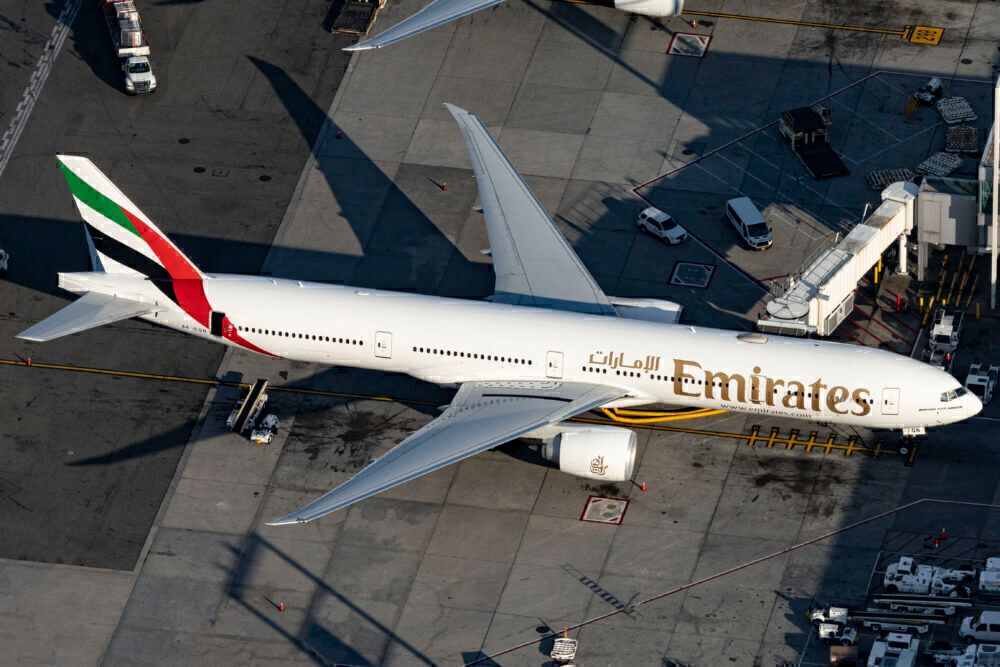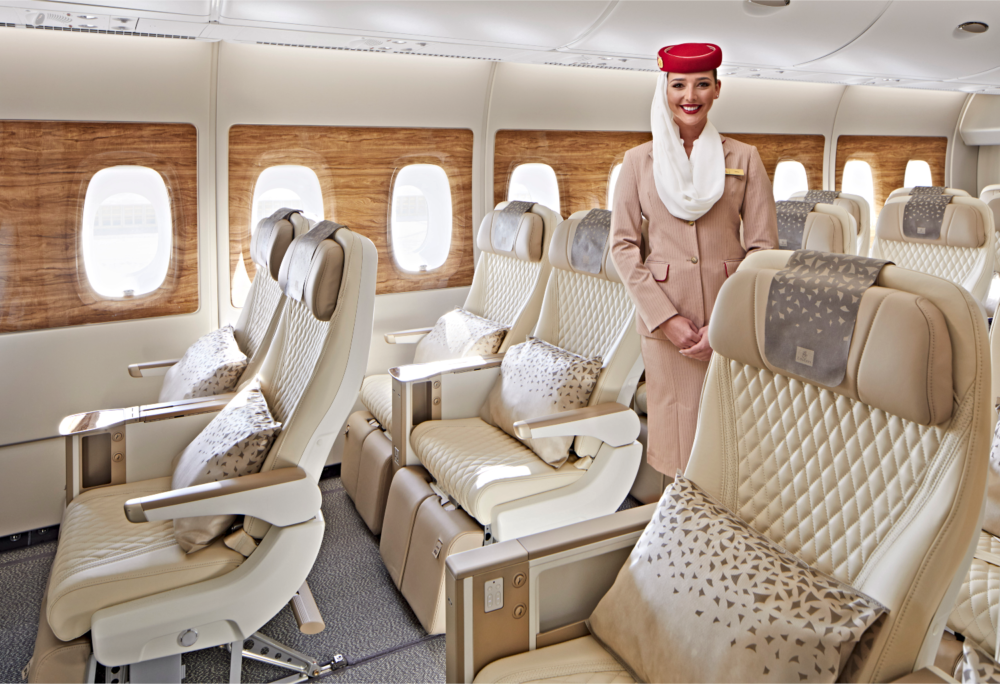Emirates is hoping to see travel demand begin its recovery in late May, just in time for the lucrative summer season. The pandemic has seen its passenger numbers fall dramatically in the last year and forced it to change its long-term strategy. Let's find out more about Emirates' recovery plans for this year.
Slowly recovering
In an interview with Khaleej Times, Emirates COO Adel Ahmed Al Redha laid out the carrier's current recovery and projections for 2021. As of today, the Middle East giant is flying to 100 destinations out of its previous 140. Despite some high-profile route cancelations in recent months to countries like the UK and Australia, Emirates is still slowly building back its network.
However, the airline expects to see the broader passenger recovery begin in late May to early June. This date is based on when Emirates expects millions of potential travelers to be vaccinated and border restrictions to ease out globally. Considering some key markets expect to have up to half of their populations vaccinated by this summer, the carrier's plans could make a lot of sense.
Emirates also has another ace up its sleeve. Unlike other major hub-and-spoke airlines, Dubai is not only an extremely popular travel destination but is also open to tourists globally. While the city is currently battling a second wave of cases, its high vaccination rate means that it expects to have a strong tourism recovery in the summer.
Even if travel restrictions remain tight globally, Emirates can always fall back on its home market for support. The separates the Dubai-based giant from competitors like Qatar Airways and Singapore Airlines, whose home markets remain firmly closed to visitors.
Fleet active again
Many have pointed out the downsides of Emirates' all-widebody fleet in the last year, especially highlighting the hundreds of A380s. However, the carrier has been slowly putting its fleet back into use, including the superjumbo. Emirates is currently operating 100% of its 777 fleet (both passenger and freighters) and 15% of its A380 fleet.
It should be noted that while only a handful of destinations see A380 services, the carrier rotates aircraft to keep its fleet airworthy. This means while several planes are in active service, they are not constantly in use with the carrier as before.
COO Adel Ahmed Al Redha also highlighted that cargo revenues have exceeded Emirates' original estimates. Demand for freight remains high amid a shortage of global cargo-carrying capacity due to a lack of passenger flights. Emirates also expects demand for cargo will continue to rise through 2021, providing a key source of revenue for the airline.
Better year
Overall, 2021 is shaping up to be a much better year for Emirates than the one gone by. The carrier's new premium economy cabin has already proven extremely popular among passengers. Critically, the carrier has seen passenger numbers rise by 75%-80% in December and January compared to the pandemic's worst days.
Many things must go right for Emirates to see a substantial recovery in 2021, most of which are out of its control. However, if vaccines continue to roll out at the predicted pace, the carrier is looking good this year.
What do you think about Emirates' recovery projections? Are they too optimistic or just right? Let us know in the comments!

